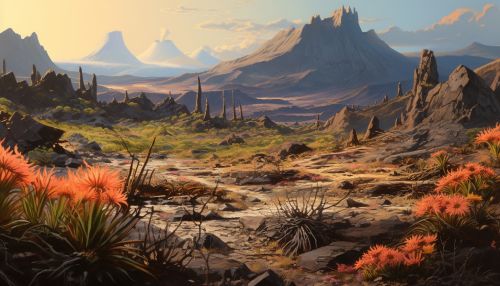The Science of Volcanic Activity
Introduction
Volcanic activity is a fascinating and complex field of study within the realm of geology. It involves the investigation of processes that lead to the eruption of volcanoes, the types of eruptions, and the various forms of volcanic landforms and their associated phenomena. This article aims to delve into the science behind these natural wonders, exploring the mechanisms that drive them, the materials they produce, and the impact they have on our planet.
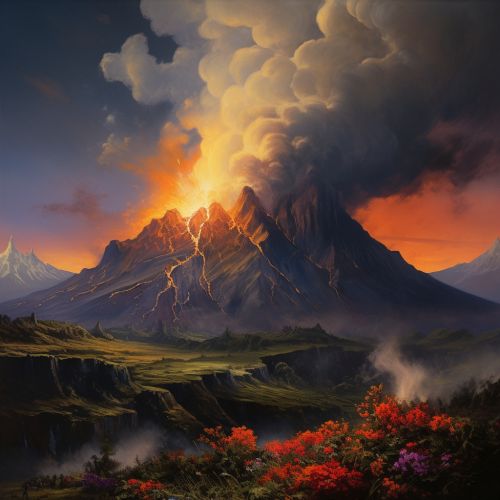
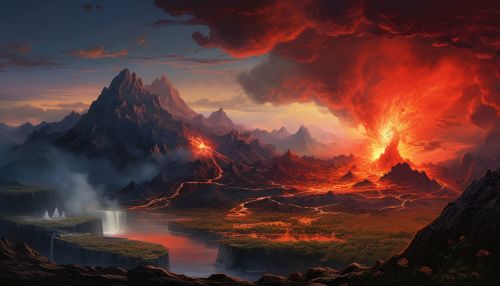
The Basics of Volcanic Activity
Volcanic activity is primarily driven by the movement of tectonic plates beneath the Earth's surface. These large slabs of lithosphere move due to the heat generated by radioactive decay in the Earth's core, leading to processes such as subduction and seafloor spreading which can trigger volcanic eruptions.
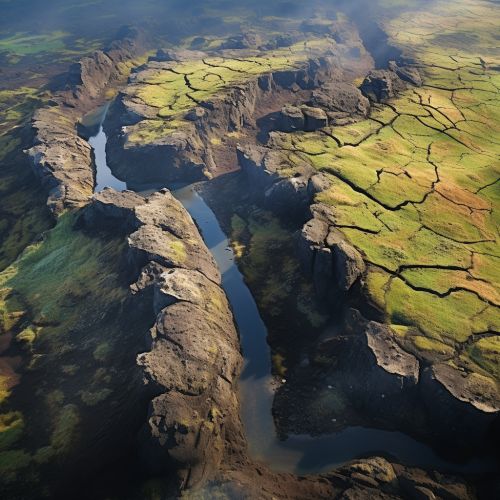

Types of Volcanic Eruptions
Volcanic eruptions can be classified into several types, each with its own unique characteristics and effects. These include effusive eruptions, explosive eruptions, and phreatomagmatic eruptions, among others. The type of eruption largely depends on the viscosity and gas content of the magma, which in turn is influenced by the composition of the Earth's mantle where the magma originates.

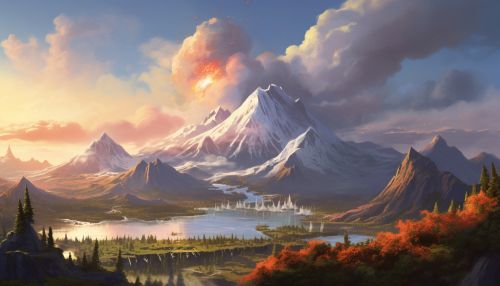
Volcanic Materials
Volcanoes produce a variety of materials during an eruption, including lava, volcanic ash, pyroclastic flows, and volcanic gases. These materials can have significant impacts on the environment and human societies, influencing climate, soil fertility, and even aviation safety.
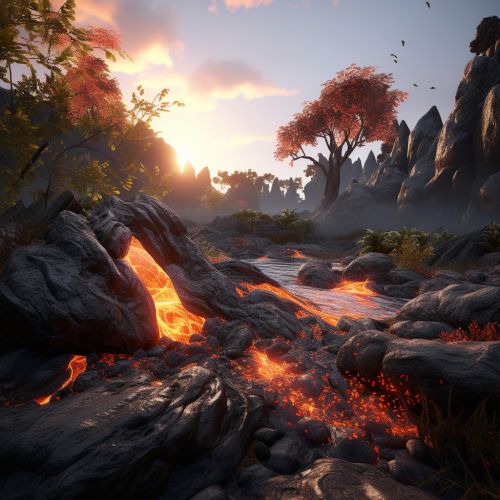
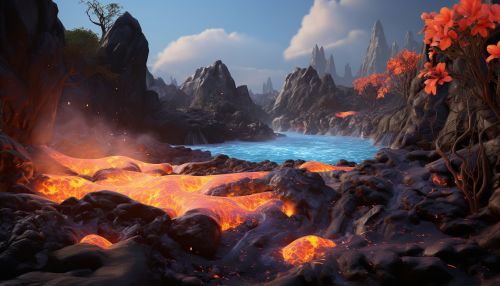
Volcanic Landforms
The eruptions of volcanoes lead to the creation of various landforms, including stratovolcanoes, shield volcanoes, lava domes, and calderas. These landforms are shaped by the type of volcanic activity, the nature of the erupting materials, and the environment in which the eruption occurs.

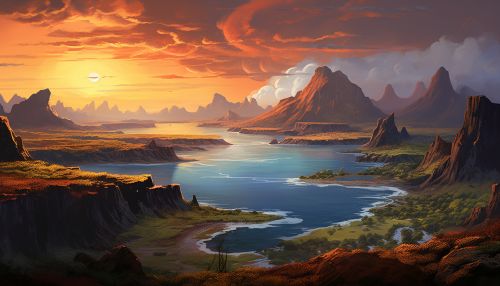
Impact of Volcanic Activity
Volcanic activity can have both positive and negative impacts. On one hand, volcanic materials can enrich soils and create new land. On the other hand, eruptions can cause loss of life and property, disrupt economies, and affect climate. Understanding these impacts is crucial for managing volcanic hazards and benefiting from the positive aspects of volcanic activity.

